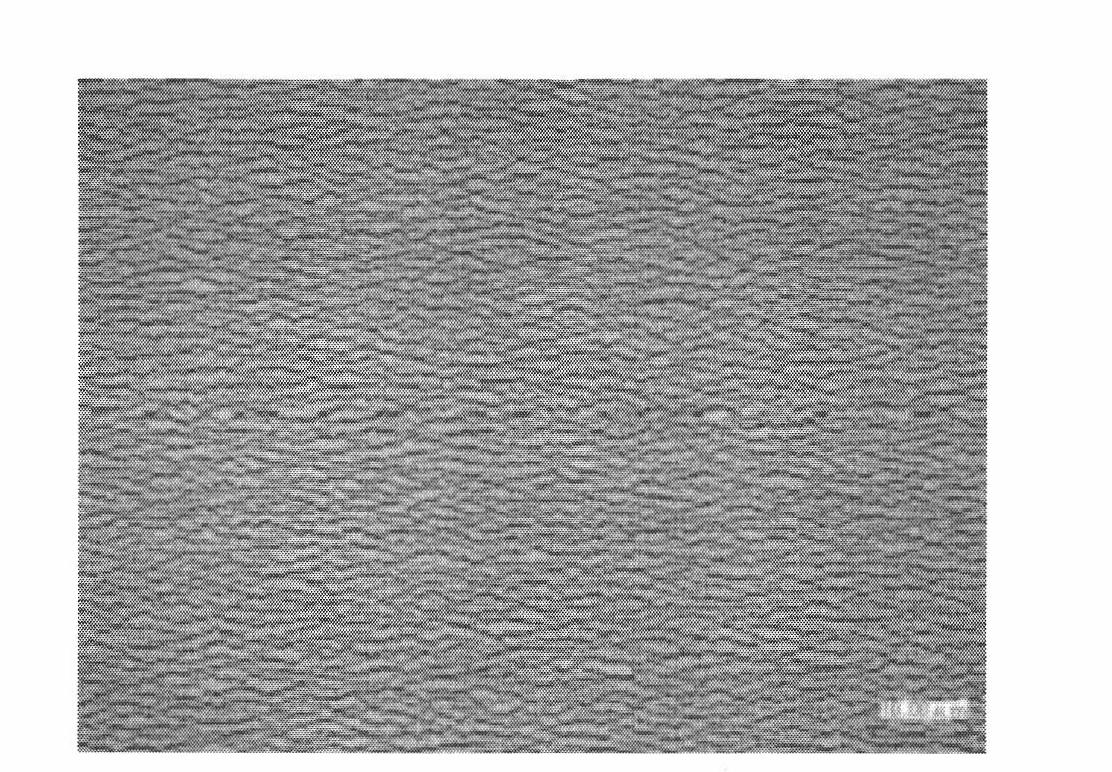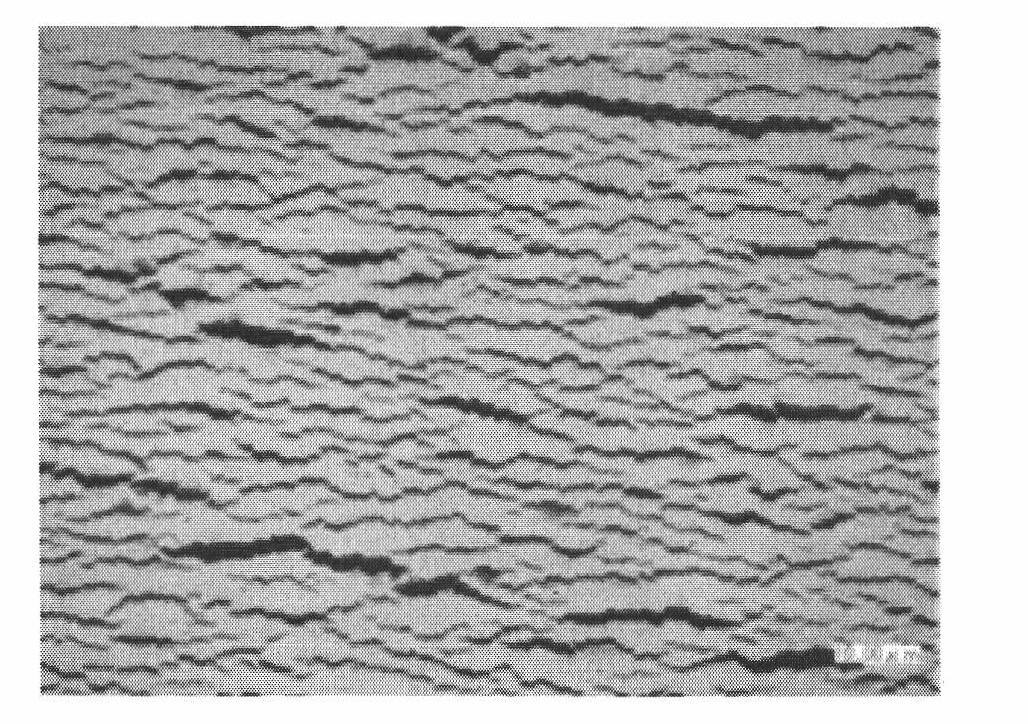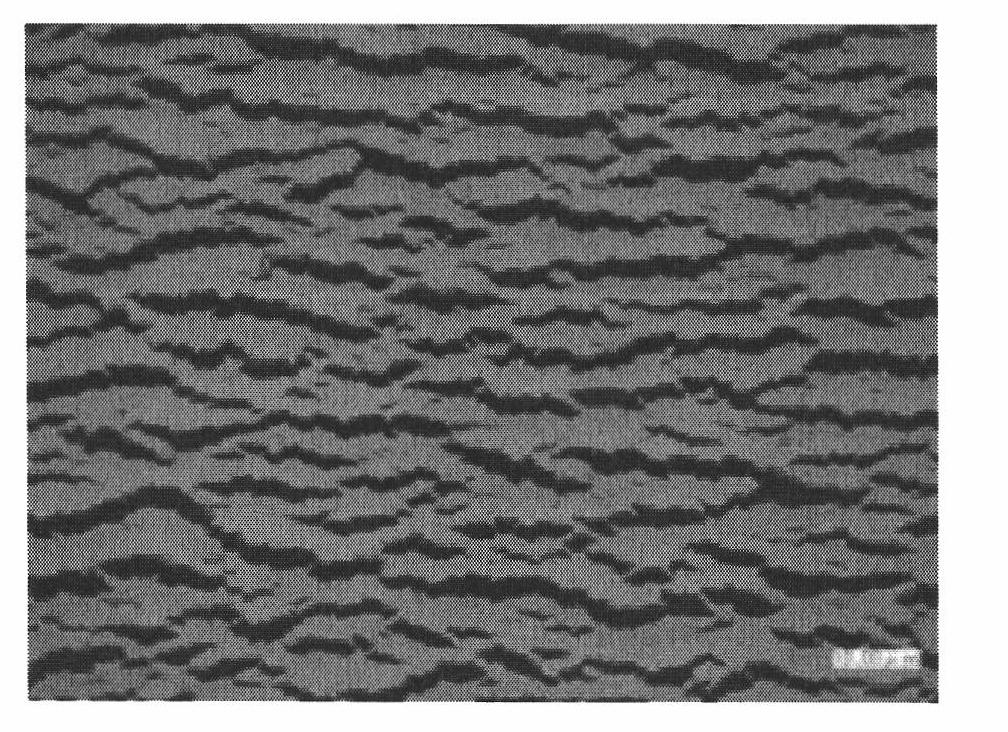Primer for plastic with inorganic film, plastic with inorganic film, decorative film for inner mold forming and decorative film for insert part forming
An inorganic thin film and primer technology, applied in the direction of coating, synthetic resin layered products, layered products, etc., can solve the problems of whitening parts, difficult to eliminate whitening, cracks, poor appearance of inorganic film surface, etc., to achieve gloss excellent effect
- Summary
- Abstract
- Description
- Claims
- Application Information
AI Technical Summary
Problems solved by technology
Method used
Image
Examples
Embodiment
[0054] Hereinafter, the present invention will be described in more detail through examples and comparative examples, but the present invention is not limited thereto. In addition, "part" in an Example shows a weight standard.
[0055] In each example, the glass transition temperature is a value measured using a commercially available measuring instrument (product name "DSC8230B", manufactured by Rigaku Denki Co., Ltd.). In addition, the number average molecular weight is the value measured using the commercially available gel permeation chromatography instrument (manufacture name "HLC-8220GPC", manufactured by Tosoh Corporation).
[0056]
manufacture example 1
[0058] To a reaction vessel equipped with a stirring device, a thermometer, a reflux condenser, a dropping funnel, and a nitrogen introduction tube, add a commercially available carboxyl-containing styrene acrylic acid copolymer (product name "ARUFON-UC3920", Toagosei Co., Ltd. Production, non-volatile content 100%, (a1) component is acrylic acid, (a2) component is styrene) 500.0 parts, isopropyl alcohol (hereinafter referred to as IPA) 150.0 parts, ion-exchanged water (hereinafter referred to as IW) 2055.6 parts, 28% ammonia water (hereinafter referred to as 28% NH 3 ) 155.8 parts, kept at 45°C for 3 hours to obtain a product with a glass transition temperature (hereinafter referred to as Tg) of 104°C, a carboxylate anion group content (hereinafter referred to as CA) of 4.3mmol / g, and a weight-average molecular weight (hereinafter referred to as The solution of the (A-1) component whose Mw) is 15500 (20% of non-volatile matter (it calls NV hereafter)).
manufacture example 2
[0060] Into the same reaction vessel as in Production Example 1, 16.8 parts of methacrylic acid (hereinafter referred to as MAA), 151.2 parts of methyl methacrylate (hereinafter referred to as MMA), 2-hydroxyethyl methacrylate (hereinafter referred to as 72 parts of 2-HEA), 1.2 parts of 2,2'-azobis(methylbutyronitrile) (hereinafter referred to as ABN-E), 360 parts of IPA, kept at 80°C for 5 hours under nitrogen flow (the above is pre-polymerization process). Next, 2.4 parts of ABN-E were added, and the reaction system was further kept at the same temperature for 3 hours (the above is the post-polymerization step). Next, 288.2 parts of IPA, 288.2 parts of IW, and 23.6 parts of triethylamine (hereinafter referred to as TEA) were added and neutralized (the above is a neutralization and dilution step). Table 1 shows the physical properties of the component (A-2) thus obtained.
PUM
| Property | Measurement | Unit |
|---|---|---|
| glass transition temperature | aaaaa | aaaaa |
| thickness | aaaaa | aaaaa |
| thickness | aaaaa | aaaaa |
Abstract
Description
Claims
Application Information
 Login to View More
Login to View More - R&D
- Intellectual Property
- Life Sciences
- Materials
- Tech Scout
- Unparalleled Data Quality
- Higher Quality Content
- 60% Fewer Hallucinations
Browse by: Latest US Patents, China's latest patents, Technical Efficacy Thesaurus, Application Domain, Technology Topic, Popular Technical Reports.
© 2025 PatSnap. All rights reserved.Legal|Privacy policy|Modern Slavery Act Transparency Statement|Sitemap|About US| Contact US: help@patsnap.com



